Which Agile certification should I go for? What are the most popular agile certifications in 2024? Are these questions similar to the ones you have? If yes, you are not alone.
Making decisions that can significantly impact your career, finances, and time can be daunting, but we’re here to help. In this blog, we’ll discuss Agile and Agile certifications, focusing on the most popular ones in 2024. Our goal is to provide valuable insights to help you understand which certifications are in demand in the current landscape so you can make an informed decision. While we’ll highlight how Agile certification can enhance your career, ultimately, pursuing it rests with you.
What is Agile Project Management?
Before getting into agile project management, let’s quickly recap what Agile is. Agile is all about adapting to change. It’s about understanding what’s happening around you, identifying uncertainties, and adapting accordingly.
Agile project management is an approach to managing a project that emphasizes flexibility and adaptability. It is a popular approach to developing new products, services, or solutions in modern times. The Agile Manifesto, which is the basis for agile project management, outlines the principles and values stressing collaboration, customer satisfaction, and rapid response to changes in requirements. It’s an iterative project management approach that enables teams to deliver customer results more efficiently. Various Agile frameworks, such as Scrum, SAFe, and Kanban, fall under the broad Agile umbrella. By breaking projects into dynamic phases, commonly known as sprints, Agile allows for incremental delivery of work. After each sprint, teams reflect on their progress and identify areas for improvement, adjusting their strategy for the next sprint accordingly. Unlike traditional approaches that rely on one major launch at the end, Agile emphasizes delivering work in smaller increments. This approach enables teams to regularly evaluate plans, requirements, and results, allowing flexibility and responsiveness to changes throughout the project lifecycle.
When a team follows Agile methodology, they approach the project collaboratively and each member takes on specific responsibilities. It prioritizes cross-functional collaboration and continuous improvement. This team determines the project’s direction together, including the development process, allocation of tasks among team members, and overall workflow organization, ensuring adaptability and efficiency in delivering a high-quality product.
Benefits of Agile
Agile project management is like a collaborative journey where everyone contributes and adjusts as needed, allowing teams to speed through projects with its adaptable approach. This method offers various advantages that can significantly improve outcomes. Besides the primary benefits of improved collaboration and alignment with business objectives highlighted in the 17th State of Agile Report, agile also brings several other advantages that most teams experience.
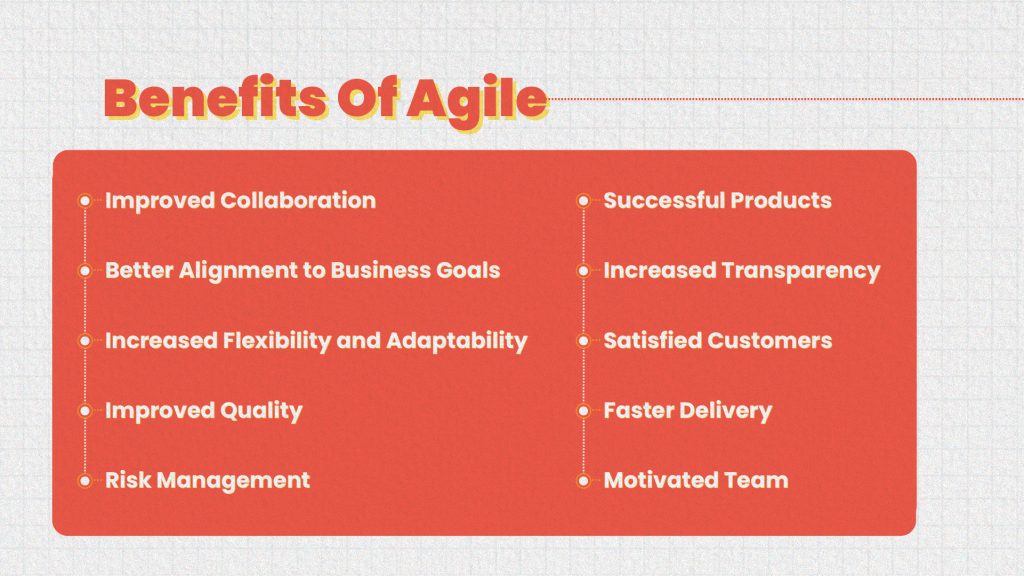
1. Improved Collaboration
Agile methodologies promote collaboration through iterative development and constant communication. Practices like daily stand-up meetings, sprint planning, and retrospectives keep teams connected and focused on goals. Breaking down tasks into smaller parts enhances collaboration, allowing for easier sharing of insights and feedback. Agile facilitates efficient communication, enabling rapid exchange of information across the team, leading to better-informed decisions.
2. Better Alignment with Business Goals
Agile ensures better alignment with the business by prioritizing customer satisfaction and adaptability. Through frequent stakeholder collaboration, iterative development, and continuous feedback loops, Agile teams stay closely attuned to evolving requirements and objectives. Agile delivers working software in short iterations and provides early insights into progress, enabling timely adjustments and superior products. Additionally, Agile emphasizes delivering tangible value with each iteration, ensuring alignment with strategic business goals.
3. Increased Flexibility and Adaptability
The central theme of Agile is flexibility. It promotes agility. Agile teams are highly responsive to change and capable of adapting seamlessly, even at the eleventh hour, with minimal disruption. Unlike traditional approaches, Agile project deliverables are not rigidly defined, allowing teams to regularly reassess their plans and realign priorities to meet evolving goals. This adaptability enables teams to consistently deliver and effectively manage clients’ changing requirements. In Agile, change is embraced and encouraged. This approach allows projects to dynamically adapt and evolve in response to ever-changing environments and circumstances.
4. Improved Quality
In Agile methodology, development is continuously tested throughout the project lifecycle, encouraging regular inspection of progress. This allows the team to promptly make necessary adjustments and identify any emerging quality issues. Agile methods employ an iterative approach to project management, where processes are refined with each repetition of a cycle. This consistent emphasis on improvement and quality assurance is a fundamental principle of Agile, contributing to creating superior products.
5. Risk Management
All team members must stay informed about the project’s progress across different stages. Agile methodology promotes frequent, small releases throughout the dynamic process, allowing early identification and resolution of emerging issues. Effective communication within the project team and with stakeholders is essential in Agile development, ensuring clear visibility into project status. This transparency facilitates early and informed decision-making to proactively identify and mitigate risks early in the project lifecycle through continuous feedback loops and incremental delivery, minimizing the impact of potential issues.
6. Successful Products
The Agile Methodology empowers projects to embrace change, facilitating the creation of products that align with customer expectations. By remaining open to change and evolution, teams can ensure that the final product accurately meets the customer’s needs. Agile’s iterative approach enables teams to continuously refine and adjust project objectives, ensuring the delivery of successful and customer-focused products.
7. Increased Transparency and Project Visibility
In Agile methodology, real-time project status updates are accessible to all stakeholders, removing the necessity for scheduled updates. This accessibility enables team members to stay informed about project progress at their convenience. Agile utilizes task boards to visually represent project information, allowing interactive updates by team members and promoting active participation and visibility throughout project phases. Transparency is a fundamental principle of Agile, emphasized through regular meetings, progress tracking, and stakeholder engagement. These practices ensure clear visibility into project status and priorities, enhancing collaboration and decision-making processes.
8. Satisfied Customers
Agile teams engage customers in the development process, demonstrating their commitment to incorporating customer feedback. This ensures that the project can be adapted and modified to meet customer requirements effectively. Stakeholders desire continuous engagement throughout the project lifecycle to provide input and ensure that the final product aligns with their needs. Tailoring deliverables based on customer input enhances the overall user experience and increases customer retention.
9. Faster Delivery
In our fast-paced economy, staying competitive by staying up-to-date with changes is crucial. Agile methodology advocates for releasing products early and updating them regularly. This iterative approach allows for faster delivery of usable parts of the product, leading to quicker time-to-market and early benefits realization. By being proactive in product development, organizations can adapt quickly to market demands and establish themselves as industry leaders.
10. Motivated Team
In Agile, everyone is actively involved in projects and encouraged to think innovatively. Instead of long meetings and reports, progress is tracked on a task board, allowing teamwork and quick decision-making. When teams collaborate effectively and deliver quality work, morale goes up, making everyone feel more motivated. Agile also reduces stress by promoting transparency and minimizing office politics. Team members feel connected and responsible as they work together to plan and carry out projects.
Agile Training and Certifications
Agile training is all about teaching people and teams the ins and outs of Agile methods, practices, and principles. The main aim is to give participants the know-how, skills, and mindset needed to use Agile effectively at work. You can find these training sessions in different formats, like workshops, online courses, and certification programs from well-known organizations. Generally, Agile courses offer deep and hands-on training to get you ready for the workplace.
Generally, upon course completion, candidates should proceed to undertake the examination. The specifics of this process vary across different agile courses and organizations. Upon achieving the requisite pass marks and percentage, accredited organizations or certifying bodies confer the certification. Some courses don’t require an exam but have other requirements for certification. Agile certifications are credentials obtained by individuals to demonstrate their proficiency and knowledge in Agile methodologies and practices. These certifications validate an individual’s understanding of Agile principles and ability to apply them effectively in real-world scenarios. Agile certifications come in various forms, covering different aspects of Agile project management, such as Scrum, Kanban, Lean, and more.
Importance of Agile Training and Certification
According to the 17th State of Agile report, 71% of survey respondents incorporate Agile into their software development lifecycle. With the widespread adoption of Agile project management across organizations globally, the demand for Agile certification holders has surged. Agile certification equips professionals with the necessary skills to navigate Agile tools and practices effectively. However, grasping Agile methodologies goes beyond mere implementation; it requires a comprehensive understanding and a shift in mindset. Proper training is essential to internalize the intricacies of Agile, facilitating a full brain reset. Such training fosters an Agile mindset characterized by key features and principles, including personal responsibility among team members, open and transparent communication, fairness and appreciation for all, a focus on results and customer satisfaction, and adaptability to change.
Organizations are more inclined to hire candidates who have undergone Agile training and are familiar with the specifics. Professionals who undergo Agile training and earn a certification from a recognized institute gain a competitive edge in the job market. Of course, getting your first agile job depends mostly on your skills and experience. But if you don’t have an agile certification to back up your experience, it can lower your chances of getting hired.
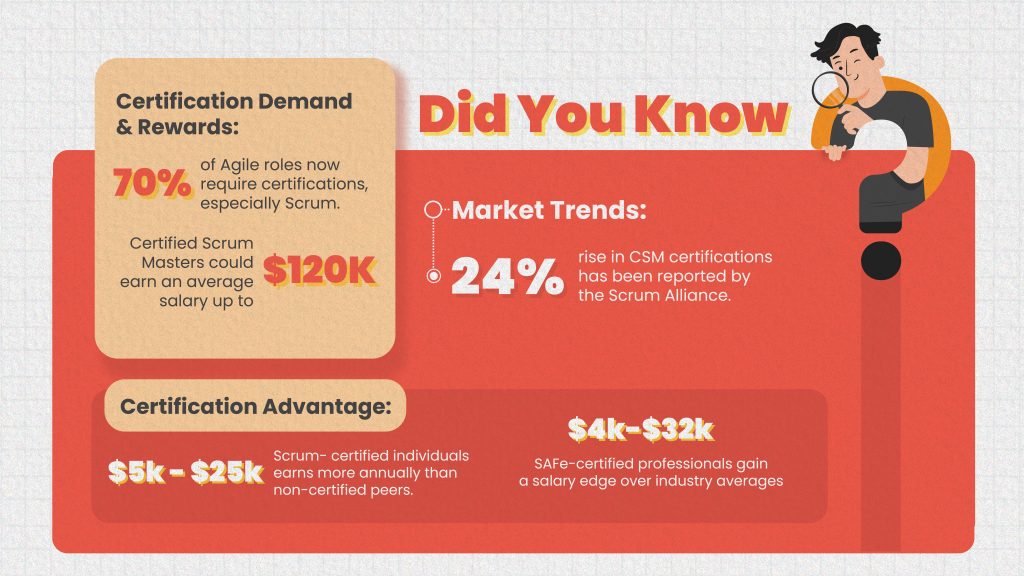
Agile training is also a key to success during organizational transformations. It provides employees with the knowledge and skills needed to implement Agile methodologies effectively in their daily work, enabling teams to adapt to the cultural shift seamlessly. Check out our Corporate Training Services for a customized training experience that’s as fun as it is.
Check out our Corporate Training Services for a customized training experience.
Career Benefits of Agile Certifications
- Enhanced Employability: Agile certifications significantly increase job opportunities as organizations actively seek professionals with Agile expertise, making your resume more appealing to potential employers.
- Improved Credibility: Becoming a certified Agile professional enhances your credibility in the eyes of hiring managers, demonstrating your commitment to mastering Agile methodologies.
- In-demand Agile Skills: Agile training and certifications enhance your understanding of concepts such as Sprint Backlog and Product Backlog, enabling iterative project delivery. It improves the way you collaborate with colleagues and your work which ensures a positive work environment.
- Risk Management Capabilities: With a deeper understanding of Agile methodologies, certified professionals are equipped to identify, assess, and mitigate risks throughout the project lifecycle, thereby increasing the likelihood of project success and client satisfaction.
- Change in the Mindset and Thinking: Embracing an Agile mindset is crucial, and Agile certifications are instrumental in fostering this change. Having an agile mindset plays a vital role in attaining success and being self-sustained.
- Improved Career and Earning Opportunities: Agile certifications lead to higher salaries and provide avenues for career advancement. Certified professionals are more likely to secure promotions within their organizations or transition to new roles, offering opportunities for growth and financial rewards.
- Enhanced Market Value: Agile training certifications enhance your market value and industry relevance. They serve as concrete evidence of your extensive understanding and application of Agile principles. Acquiring Agile certifications sets you apart from your non-certified peers, giving you a competitive advantage in job searches and increasing your chances of landing sought-after roles.
- Industry Recognition: By acquiring certifications from reputable Agile organizations such as Scrum Alliance or Project Management Institute (PMI), you position yourself for recognition by leading companies in the industry. These certifications serve as a testament to your expertise and commitment to Agile methodologies, earning you respect and acknowledgment from prominent players in the field.
- Networking and Development Opportunities: As an Agile-certified professional, you’ll gain access to the elite SAFe and Scrum community, providing networking opportunities and continuous professional development. Participation in webinars, summits, and industry events ensures ongoing relevance and competitiveness in a rapidly evolving field.
9 Popular Agile Certifications Worth Considering in 2024
With a solid understanding of Agile principles, technology leaders can enhance the likelihood of success for their projects, ultimately serving business objectives and advancing their professional trajectories.
Below are 9 certifications in Agile that equip you with the expertise and competencies required to elevate your career.
1. Certified ScrumMaster®
Becoming certified in Scrum, the most widely adopted Agile methodology equips you with the precise tools needed to effectively implement Agile principles in your workplace. The Certified Scrum Master (CSM) certification is recommended for beginners as it provides a solid foundation in Scrum practices such as backlog refinement, sprint planning, sprint demo, and product backlog management. Administered by Scrum Alliance, this certification is suitable for professionals across various industries.
To attain CSM certification, you must attend a two-day training session led by a Certified Scrum Trainer authorized by Scrum Alliance, followed by an online test. Upon completion, you can pursue roles such as Scrum Master, mentor, product owner, coach, or manager. Additionally, you may choose to tackle more challenging situations as a Scrum Master or explore other career avenues within Agile environments.
2. PMI Agile-Certified Practitioner (PMI-ACP)®
The PMI Agile Certified Practitioner (PMI-ACP) certification, offered by the Project Management Institute (PMI), is for people who work in Agile teams or organizations that are switching to Agile methods. It covers different Agile approaches like Scrum, Kanban, Lean, XP, and TDD. This certification helps you understand and use Agile practices better, making you more effective in Agile teams and projects.
To take the PMI-ACP exam, you need to meet specific requirements: you should have 2,000 hours of project experience, 1,500 hours working on Agile projects or with Agile methods, and you must complete 21 hours of Agile training.
3. Certified Scrum Product Owner Training® (CSPO)
The Certified Scrum Product Owner (CSPO) training is facilitated by Scrum Alliance Certified Trainers (CSTs). This comprehensive training program spans two days, providing participants with in-depth knowledge and practical skills. During the course, attendees learn key aspects such as product strategy, customer and user understanding, value definition, and product backlog refinement.
The CSPO training does not require participants to appear for an exam. Upon successful completion of the course, participants receive their CSPO certificate from Scrum Alliance. Additionally, they gain access to valuable training materials and resources to further their knowledge and skills in Agile product management.
4. Leading SAFe®
Leading SAFe is a 2-day course which is an excellent starting point for someone new to SAFe. The Scaled Agile Framework (SAFe) is a methodology used by organizations to expand Agile practices across their entire operation. This training program focuses on providing participants with a deep understanding of Lean-Agile leadership principles and implementing SAFe in Agile environments. The Leading SAFe certification course covers the fundamental concepts of SAFe, including Lean agile transformation principles and practices, as well as the tools needed to effectively lead SAFe Agile initiatives, even in distributed team settings.
While individuals of all experience levels are welcome to attend the course, having experience in software development, testing, business analysis, or project management is an added advantage.
5. SAFe® Product Owner/Product Manager (SAFe® POPM)
The SAFe Product Owner/Product Manager certification program is designed to prepare candidates for the strategic responsibilities associated with these roles within the Agile Release Train. Over two days, participants learn essential tools for effectively collaborating with dispersed teams and delivering value in a Lean-Agile environment.
While the course welcomes individuals of all experience levels, those planning to pursue the SAFe Product Owner/Product Manager (POPM) 6.0 certification exam are encouraged to attend a Leading SAFe course, have experience in a SAFe environment, and possess relevant Lean, Agile, or other certifications.
6. Agile Project Management (AgilePM)® Foundation
The AgilePM® Foundation Training Course is designed as an introduction to the AgilePM® methodology, focusing on Agile Project Management principles and practices. Participants learn about the DSDM project management framework, which emphasizes iterative and flexible approaches to project delivery. The course covers essential topics such as project preparation, execution, documentation, techniques, and roles and responsibilities within the AgilePM® framework.
There are no specific prerequisites for attending this AgilePM® Foundation Course. To pass the exam, participants need to score at least 25 out of 50 marks, which represents a 50% passing grade.
7. ICAgile Certified Professional (ICP)
It is appropriate for those new to the agile world. The Agile Fundamentals certification, also known as the ICAgile Certified Professional (ICP), provides a foundational understanding of agile concepts, mindset, and principles. It’s offered by the International Consortium for Agile (ICA) and serves as a stepping stone for pursuing further certifications in product and technical aspects. This certification enables individuals to grasp organizational agility without being restricted to any specific agile methodology or framework, like SAFe, Scrum, Kanban, XP, or DSDM.
While there isn’t a standardized exam for this certification, training providers may have their own assessments to ensure learning outcomes are met.
8. Professional Scrum Master™ (PSM) PSM™ I
The PSM I is a two-day course covering the fundamentals of Scrum. It is the first level of Scrum certification offered by Scrum.org. The certification validates your understanding of the Scrum framework, Scrum Master responsibilities, and how to apply Scrum principles effectively.
You can take the Professional Scrum certification test whether or not you have attended a Scrum.org class. You must demonstrate your knowledge and understanding by passing the certification test to earn the certification. Alternatively, you can also choose to attend a class. To become certified, you must take the Scrum.org Professional Scrum Master I (PSM I) assessment and achieve a score of over 85% to pass and obtain the PSM I certification.
9. SAFe® Scrum Master
In this two-day course, participants will gain a comprehensive understanding of the Scrum Master role within a SAFe enterprise. The SAFe Scrum Master course delves into the broader context of the Scrum Master’s responsibilities across the entire enterprise and equips candidates with the skills to effectively coach agile teams in delivering business value. Offered by Scaled Agile, Inc. (Scaled Agile), the course requires completion of a two-day SSM training by a SAFe Program Consultant.
The course is open to all individuals, regardless of prior experience. However, having familiarity with Agile concepts and practical experience in SAFe® environments can be advantageous. To obtain certification, participants must achieve a minimum score of 73% on the certification exam.
Choosing the right certification
Set your goals and needs: Before enrolling in any Agile certification program, it’s crucial to understand your objectives and why you’re pursuing it. Ask yourself: What do you aim to achieve with this certification? Are you looking to improve your skills, advance your career, fulfill job requirements, or are you seeking recognition from employers? Depending on your goals, choose a program that aligns with your level and relevance.
Assess the content and quality: When assessing a program, pay close attention to both its content and quality. Evaluate the curriculum, learning objectives, delivery methods, instructors, and feedback from past participants. Additionally, ensure the accreditation, validity, and reputation of the certifying body, and carefully review the certification’s requirements and associated benefits.
Evaluate the cost and value: Evaluate both the financial and time commitments associated with the certification process. Consider the fees, duration, materials, and support. Take into account your schedule, availability, and preferences when selecting a program. Look for options with flexible schedules, comprehensive materials, supportive communities, and tangible benefits.
Know Your Trainer: Consider seeking out a program that provides interactive, engaging, and experiential learning experiences. Look for instructors who are qualified and experienced, and who offer positive and constructive feedback. Agile implementation requires substantial expertise and experience, often involving hands-on activities in most courses. Selecting a reputable training provider for your certification is crucial. Evaluate their teaching methods; are they primarily hands-on or reliant on PowerPoint presentations?
So which certification are you choosing?
Whether you’re focused on delivering value to customers or aiming to streamline your processes, Agile is your go-to solution! Therefore, getting certified in Agile can be a game-changer, whether you’re just starting out or a seasoned pro. With the job market’s increasing demand for Agile expertise, relevant certifications significantly boost employability, credibility, and career advancement opportunities. Agile certifications not only validate proficiency but also demonstrate a commitment to continuous learning and growth.
Remember to start by defining your goals—whether it’s enhancing skills, advancing your career, or gaining industry recognition. Look for programs with top-notch content, engaging instructors, and reputable accreditation. Seek interactive, hands-on learning opportunities to master Agile techniques and set yourself apart in your field.
Now, embrace the Agile mindset and take charge of your career with confidence. Good luck!


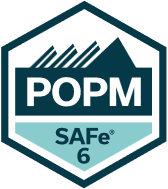
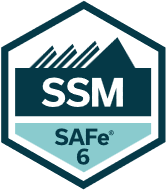
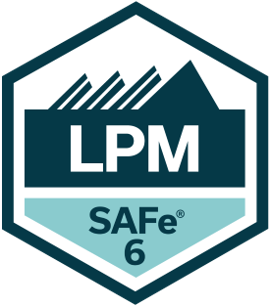
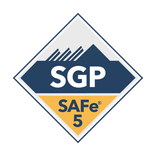
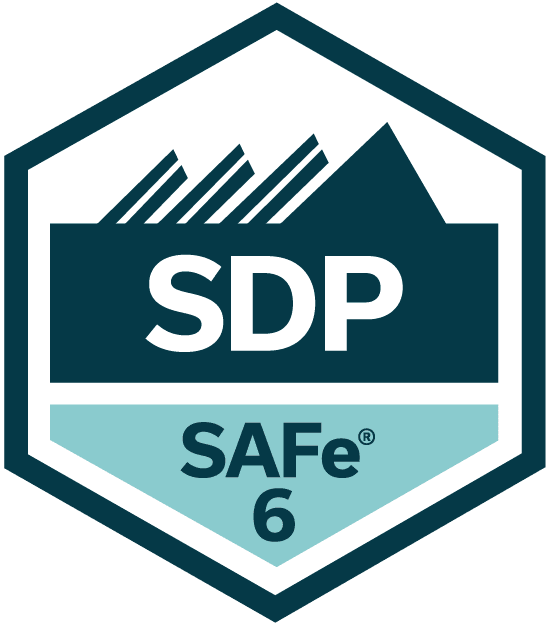
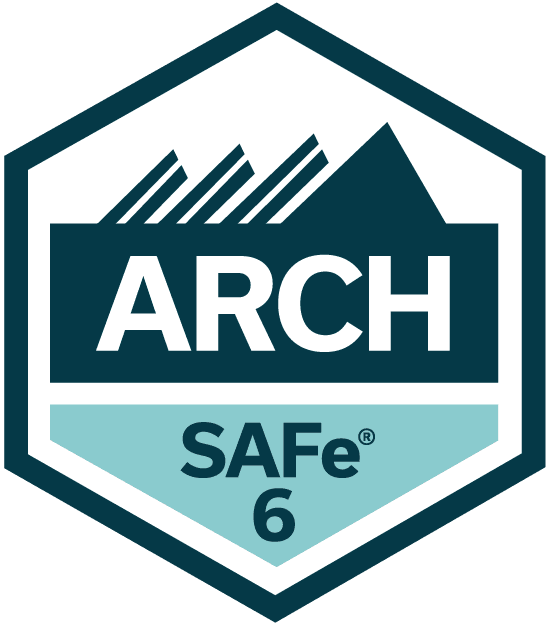
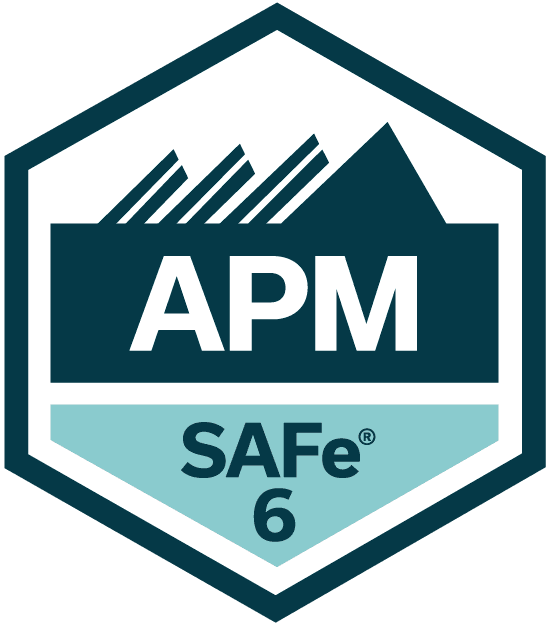
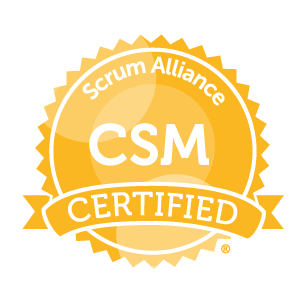
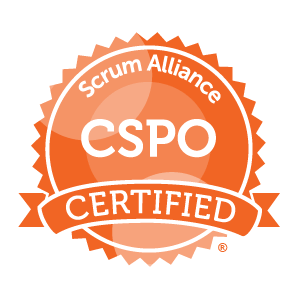
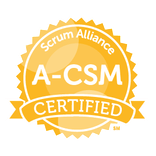

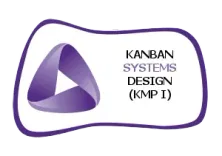








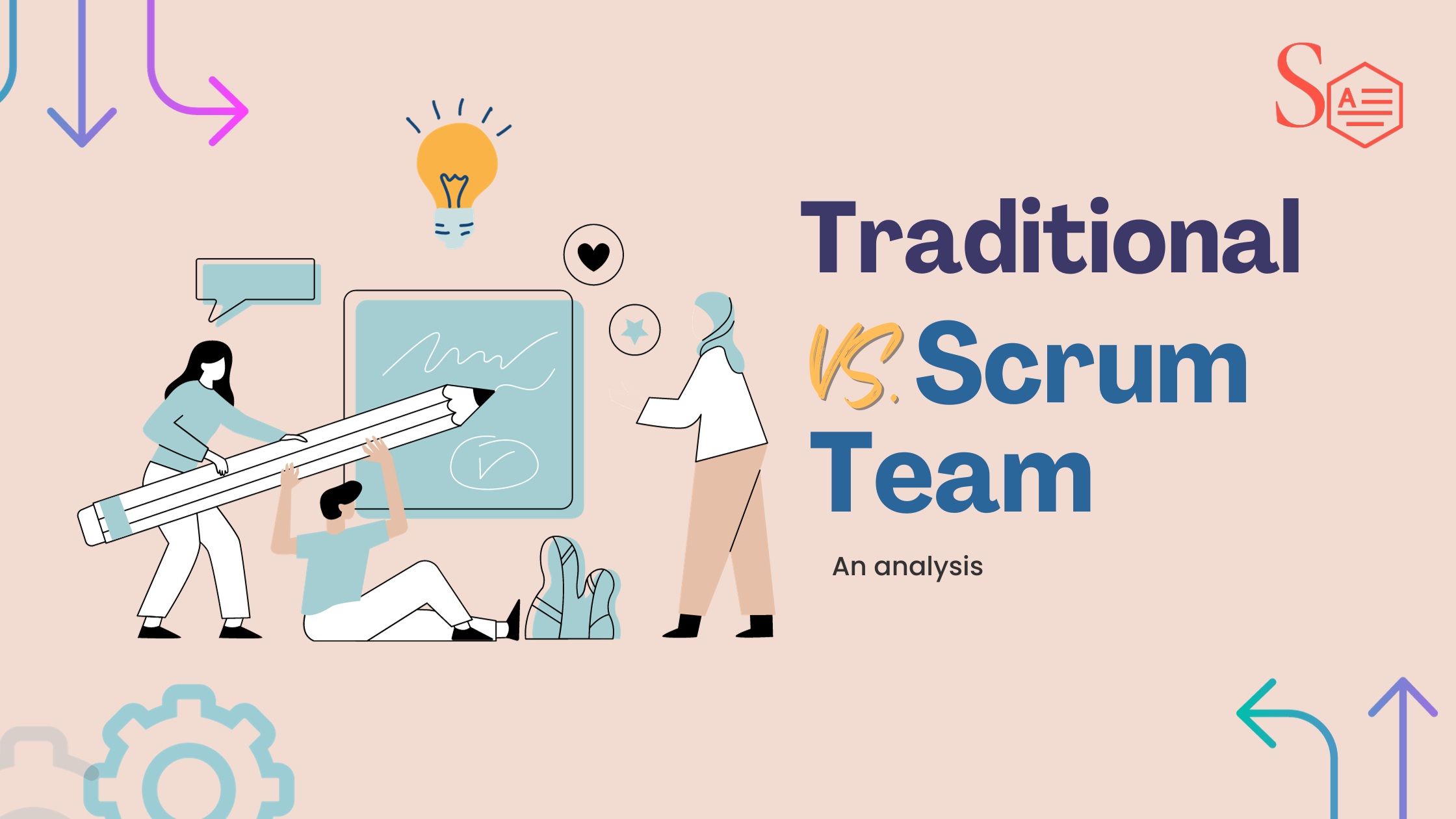

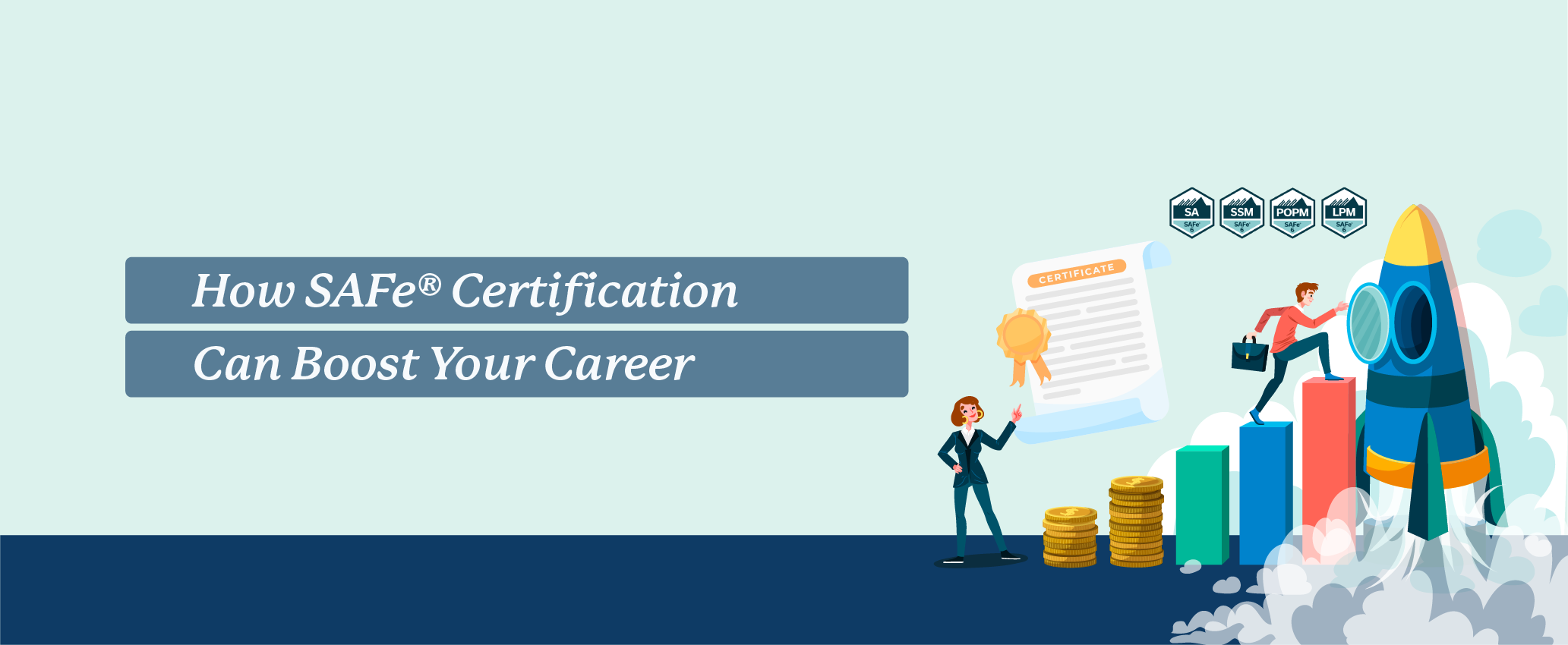
2 Responses
Hello, I enjoy reading through your article.
I wanted to write a little comment to support you.
Does your site have a contact page? I’m having problems locating it but, I’d like
to shoot you an e-mail. I’ve got some recommendations for your blog you might be interested in hearing.
Either way, great website and I look forward to seeing it improve over time.